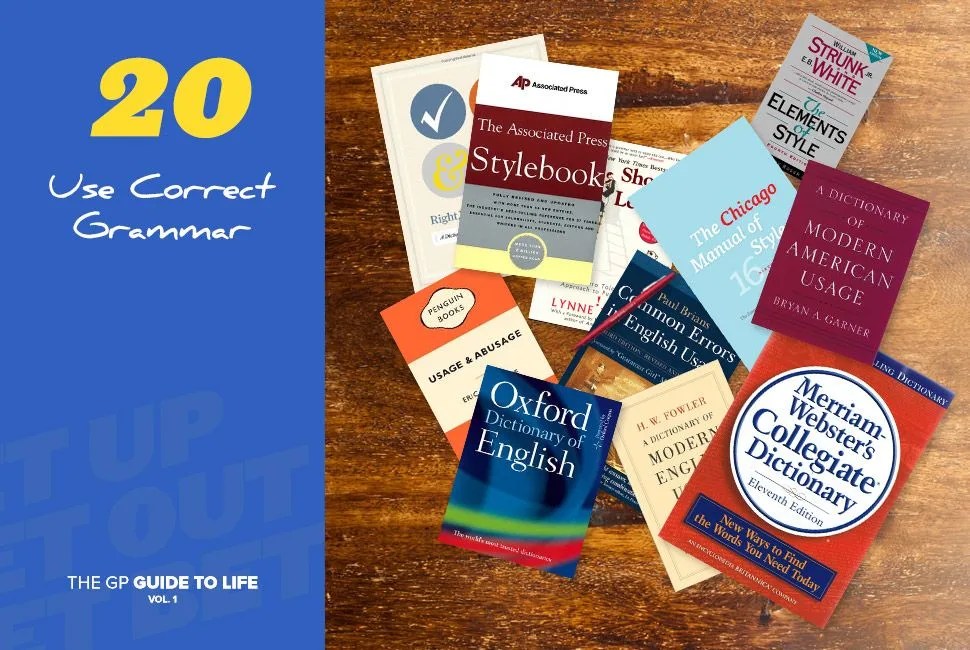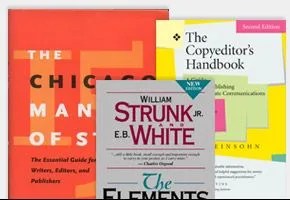Writing with proper grammar is one of the easiest ways to establish credibility. For example, when was the last time you trusted the guy who opened his email with “Hello please sirs and madam” and then offered you one million GBP in exchange for a passport and some pocket money? If he’d cleaned up that grammar, we’d be forging those documents today. In the office and at home, you can win or lose based on the wording of an email or even a text. That mix of letters and punctuation marks is a representation of you — even a Nobel laureate looks like a dumbass when he or she uses the wrong “their”. Correcting a few common errors and linking the proper usage to logic rather than obscure, bespectacled experts hiding in style guide castles will improve both your mood and your writing. Here are nine simple fixes to common errors.

1 Use one space between a period and a new sentence. Using two spaces is founded in the history of the typewriter. On a modern word processor you’re wasting space on the page and, to anyone who knows their stuff, you look the fool.
2 The number of the subject and the verb must agree. What comes between the two doesn’t matter.
“The bittersweet flavor of youth — its trials, its joys, its adventures — are not soon forgotten.” (incorrect)
“The bittersweet flavor of youth — its trials, its joys, its adventures — is not soon forgotten.” (We’re only talking about the singular “flavor of youth” not being forgotten, not its trials, joys, adventures or challenges.)
3 Avoid the dreaded comma splice. Two complete sentences (independent clauses) need a conjunction (and, or, but, for, nor, so, etc.) when they’re joined with a comma, lest an awkward pause be created between two full thoughts. Often, it’s better to break those two complete thoughts into separate sentences or join them with a semicolon. For example:
I like to read Gear Patrol, it is a great publication. (incorrect)
I like to read Gear Patrol. It is a great publication. or I like to read Gear Patrol; it is a great publication. (both correct)

